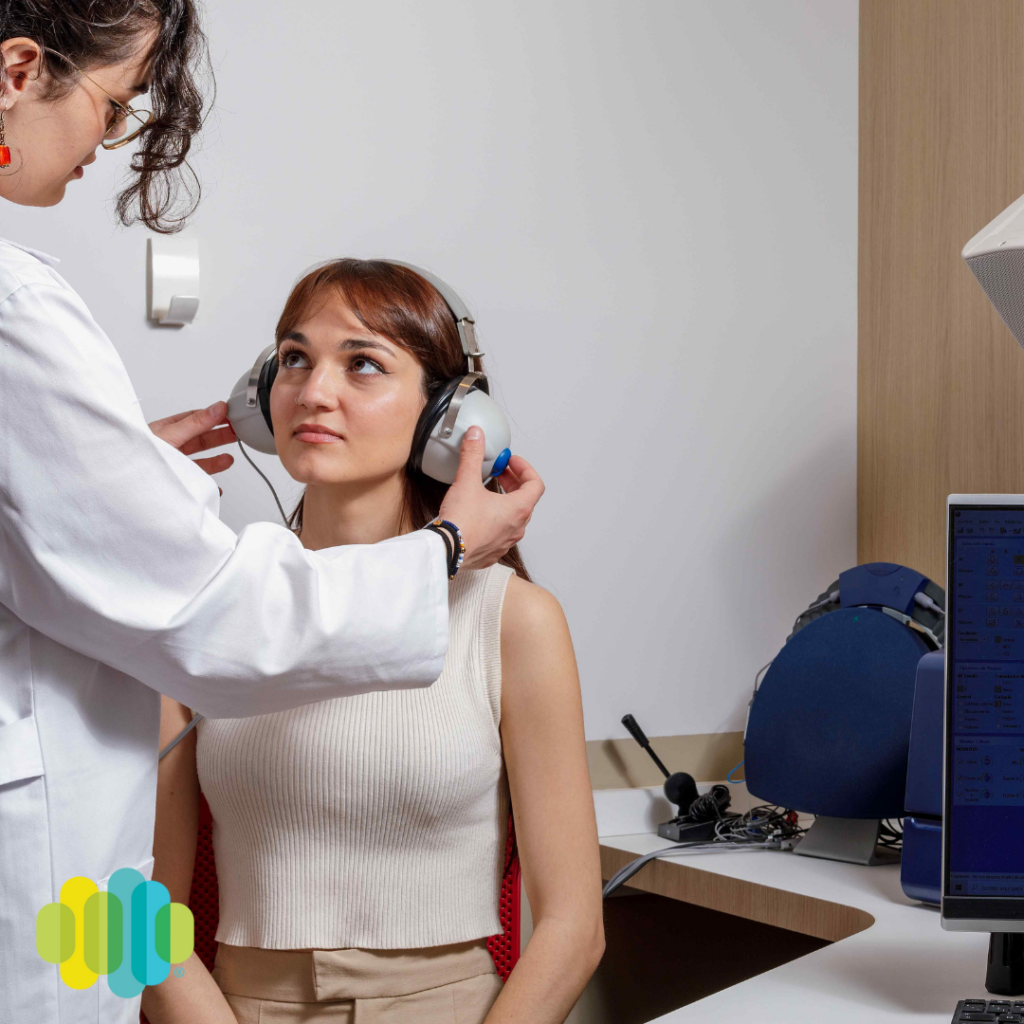You can’t stop the beat with hearing aids and music
Turning up the volume on the best-kept secret of retired ravers, hearing aids and music unite to offer a visceral experience and raise it to a real-life, built-in personal concert.

Music is a universal language that transcends barriers and connects people from all walks of life, making it one more avenue for those with hearing loss to feel lost without a connection. Thankfully with hearing aids, the world of music can stay accessible, keeping the enchantment alive with the right approach and some helpful tips.
So follow us through this neon-lit wormhole as we spin the record on popular belief and take a trip that proves hearing aids and music appreciation are not mutually exclusive.
Press play on the latest hearing aid hit
Modern hearing aids come equipped with specialized modes for music, offering a tailored listening experience. These modes go beyond simply making things louder, focusing on achieving a delicate balance between volume and clarity. By experimenting with these settings, users can appreciate the nuances of different instruments and vocals, bringing the music to life in a way that suits their wildest dreams.
Explore where hearing aids and music genres become one
Not all genres are created equal when it comes to hearing aids and music. Softer categories like classical, jazz, or folk can provide a more enjoyable experience, with their melodic and harmonious compositions being easier on the ears. Exploring various genres helps to identify what resonates best between the user and their hearing aids, subsequently enhancing overall enjoyment.
Let the professionals spin the record for optimal hearing aid sound
Hearing Instrument Practitioners (HIPs) and other hearing health professionals are valuable resources in the personal journey for musical perfection. Seeking their advice in the soul search for optimal hearing aid listening can provide personalized recommendations that are sound for your hearing health. Specifically, these experts can guide you in adjusting settings and finding the ideal configuration for your needs and preferences.
Don’t panic at the disco – control the volume
Contrary to popular belief, higher volume doesn’t always translate to better sound, especially for hearing aid users. Manipulating the input levels is crucial for maintaining a balance between enjoying the music and preventing discomfort. Simple techniques, such as placing tape over the hearing aid microphone during high-volume situations, can help reduce distortion and ensure a more pleasant listening experience.
Go full techno and embrace technological aids
Amplified and noise-cancelling headphones prove beneficial for those with mild to moderate hearing loss, provided that the volume is kept at a safe level. Bluetooth devices allow direct streaming to hearing aids, giving users control of sound levels and balance. Portable streamers extend the possibilities, capturing live events and delivering them directly to hearing aids.
In short, find your corner of the sky knowing the world of technology offers a melting pot of solutions to enhance the music experience for hearing aid users.
Hearing aids give music appreciation an encore performance
The good news: Ravers will likely experience a visceral transcendence into musical immersion one more time. The bad news: in the best-case scenario, they will have to wait a while.
Embracing the world of music with hearing aids is not just about hearing; it’s about feeling the rhythm, melody, and emotion that music can evoke. By incorporating AHIP’s tips into your listening routine, you can hop into a new groove and unlock the full potential of the hearing aids and music dynamic duo, immersing yourself in the joy of a melody time after time.
So, let the power of sound enhance your life, and if the sound of silence returns, mosh your way to our contact line, and we’ll be ready to connect you to the information station that is right for you.
AHIP is not and shall not be liable for any of the views expressed by the authors or advertisers on the Signal Blogs. The authors’ opinions and the advertisers’ content do not necessarily reflect AHIP’s views.



